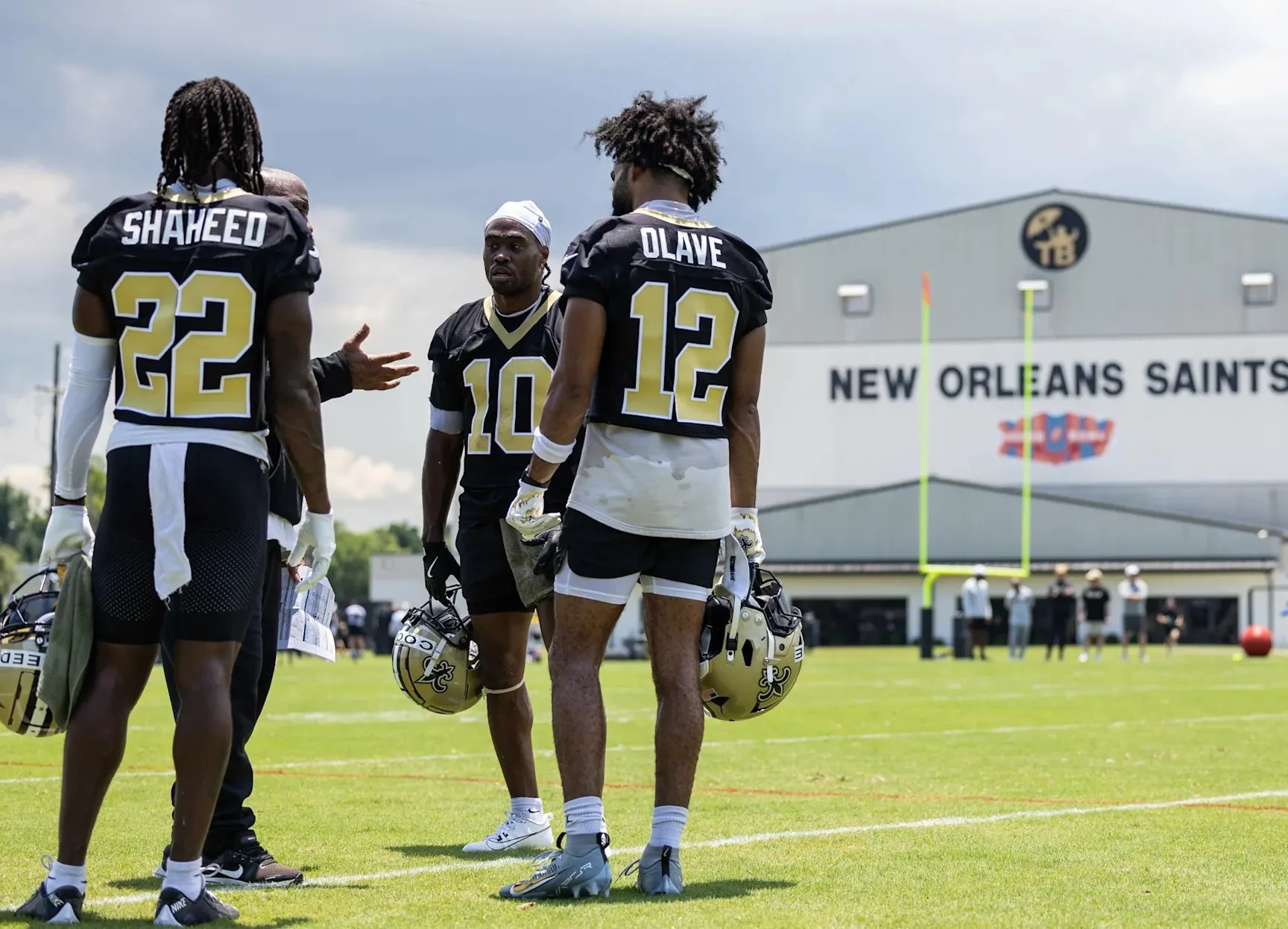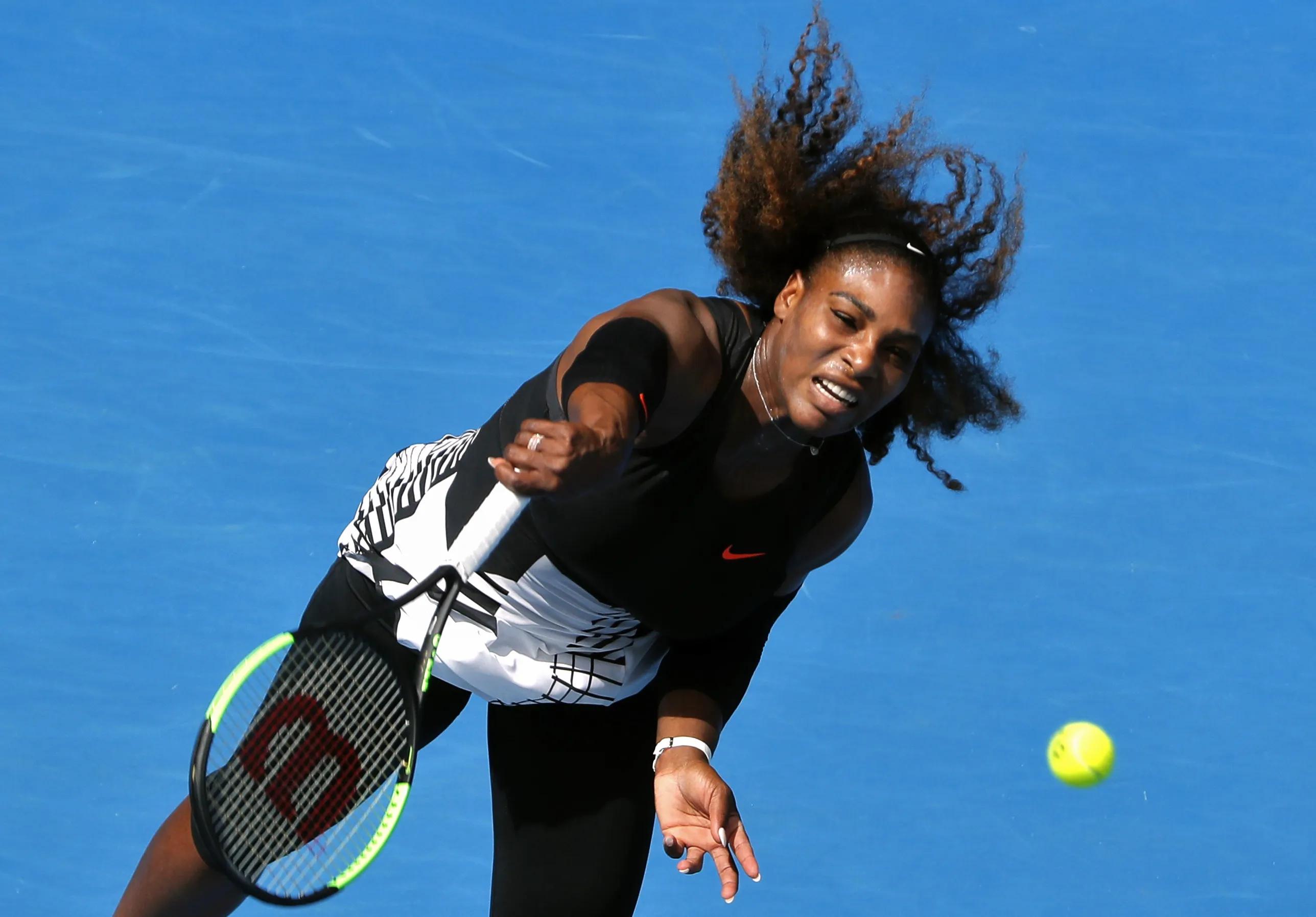When the Boston Red Sox inked Alex Bregman to a $120 million deal this past offseason, they envisioned a stabilizing force in the heart of their lineup. For the first 50 games of the season, that’s precisely what they got: a .938 OPS, 11 homers, 35 RBI, and the kind of steady presence Boston has lacked since the days of Dustin Pedroia.

But those good vibes ended abruptly on May 23 when Bregman pulled up while running to first base against the Baltimore Orioles. The official diagnosis is a strained right quadriceps. The unofficial prognosis? It might be a while.
Despite manager Alex Cora insisting the rehab is “progressing well,” he made it clear over the weekend that Bregman is “still far away from starting the baseball progression.” That’s a problem—not just for Bregman, but for a Red Sox team that has gone 5-9 in his absence and is quickly losing ground in the AL East.
This Isn’t a New Injury—And That’s the Scary Part
Bregman knows this pain all too well. In 2021, while still with the Houston Astros, he missed 58 games due to a similar quad strain on his left side. That injury lingered longer than expected and torpedoed what had been shaping up as another All-Star campaign. The hope in Boston was that this 2025 strain would be more manageable. But three weeks into the recovery, he’s just now starting a running progression. Baseball activities haven’t even started.
It’s not yet in panic mode, but it’s getting close.
The reality is that quad strains—especially for players in their 30s—don’t follow predictable timelines. And with Boston reluctant to rush a multi million investment, there’s every indication that Bregman’s return will stretch deep into the summer, if not beyond.
The Red Sox Lineup Is Feeling the Void
Without Bregman anchoring third base and batting in the heart of the order, Boston’s offense has sputtered. The team is averaging under four runs per game since his injury and has dropped multiple winnable contests during that stretch. Cora has rotated bodies at third base, including top prospect Marcelo Mayer, but the results have been inconsistent.
Mayer, who hit his first big-league homer shortly after Bregman went down, hasn’t seized the everyday job—partly because he’s being sat against left-handed pitchers. It’s a reminder that Boston’s depth chart wasn’t built to withstand a prolonged Bregman absence.
Cora knows it, too. “Obviously, we don’t want to rush, and we have to be very diligent with it,“ he told reporters. “But he’s feeling great.“ Translation: Bregman is itching to return, but the medical staff is putting the brakes on.
What It Means for the Red Sox Going Forward
Boston signed Bregman not just for his bat but for his leadership. His absence has coincided with a clubhouse that looks lost, both at the plate and in the standings. The Red Sox entered the weekend below .500, falling behind the Orioles, Yankees, and Blue Jays in a brutal division.
With trade season looming and wild-card spots up for grabs, the Red Sox face a tough decision: wait out Bregman and hope he returns in time to spark a second-half surge or consider bolstering the infield through the trade market. Either way, the margin for error is evaporating.
Hope Isn’t a Timeline
Bregman says he’s progressing at “warp speed.” That’s the competitor in his talking. The Red Sox, though, are speaking more cautiously—and with good reason. They can’t afford a setback.
Until Bregman starts swinging a bat and taking grounders, his return is more theoretical than imminent. And if Boston can’t stop the bleeding soon, they may find themselves staring up from the bottom of the AL East—wondering what might’ve been if their $120 million man had stayed on the field.



